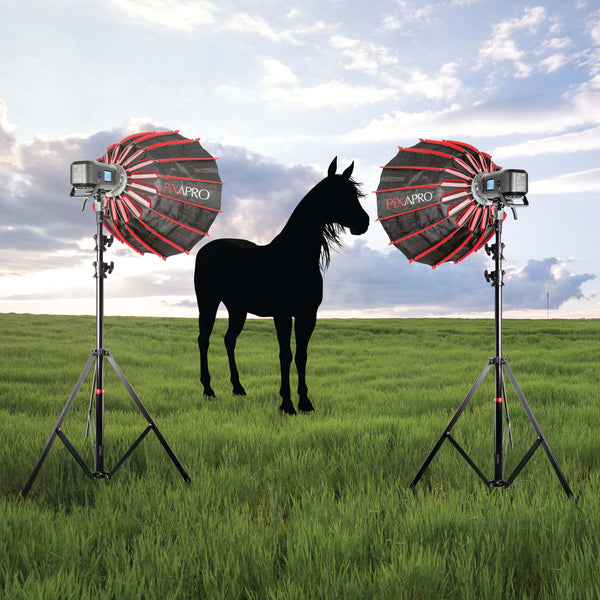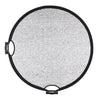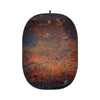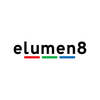Wildlife and Natural Light: Taking Close Ups and Distant Shots at Safari
A photographer’s resilience and talents are tested when they are pitted against nature. By default, nature is all around us, and there are forests, mountains, and riversides that can enrapture their audience. Discovering exotic wildlife in these terrains is no easy feat, but wildlife photography comes with the added challenge of framing the right shot under varying light conditions.
Unlike indoor shoots, nature photography allows very little control to photographers in terms of lighting and the subject’s position with regards to the lighting set-up. Today, we will talk about natural light and the tools nature and wildlife photographers can use to take the most breathtaking and well-lit shots.
Understanding Natural Light
As a general rule, the three parameters for lighting are colour temperature, light direction, and type of light that determine how the light falls on the subject. This is reflected in the image you capture, but please remember that our eyes capture colour and details differently than our camera. Therefore, if you have not taken exposure settings into account, your pictures will look vastly different from how you see them in real life.
Natural light is slightly predictable even if other atmospheric conditions such as the cloudiness of the sky are not. If you like to shoot in sunlight, the best time is when the Sun is set low in the sky. During summertime, that means shooting early in the morning or late in the evening. The golden hour is the hour after sunrise and the hour before sunset that casts a softer, more even glow. The light is more reddish in colour and warm, so it hits the landscape and animals more smoothly, resulting in a catchlight in the animals’ eyes, adding more detail to the photo. On the other hand, midday photography leads to shadows and hot spots that take away the crispness and quality of the photo.
You can supplement for lack of lighting and even capture wildlife in motion with flash. Using fill light such as flash or even LEDs will balance exposure in your shoots. Some high-powered flashes that can harness ambient lighting, or lack thereof are:
- The PIKA200 PRO Portable Battery-Powered TTL Pocket Flash
- The CITI300 PRO Portable Compact 300Ws Battery Powered Flash
- The CITI600 Pro TTL Battery Powered Flash
- The GIO1 Round-Head TTL Speedlite With Built-in 2.4GHz Receiver and High-Speed Sync (V1)
 |
 |
 |
 |
Types of Natural Lighting
Just because our lack of control over natural light has been established, it does not mean we cannot use it to create the effects we want. We need to be well-versed in the types of natural light available to us and understand the results we want.
Many variables come into play. The best kind of lighting for nature and wildlife photography depends on the subject you are focusing on, your technical expertise, and your creative expression.
- Front Light: This is when the Sun is behind you and your camera, falling directly in the face of the subject, revealing its full features resulting in a very detailed image.
- Sidelight: This is when the light illuminates the subject from either side, creating high shadows and contrast between the two sides. This creates an almost three-dimensional effect with highlights that enrapture.
- Backlight: When the subject is in front of you with the Sun behind it, you can take photographs where the subject seems wrapped in a halo of light.
- Diffused light: On overcast days, diffused light is similar to light diffusers in the studio, peeking from behind the clouds and creating well-balanced exposure
Shooting at a Distance
You will use a telephoto lens to zoom in on the subject if it is an animal, but if you are photographing a vast field of flowers under bright sunlight or landscapes, you can rely on the natural light and side-lighting to create contrasts.
A useful tool is the Interchangeable Mount 45° Long Focus Tele-Zoom Reflector that allows you to restrict light and produce focused beams of light over long distances.

Interchangeable Mount 45° Long Focus Tele-Zoom Reflector
We recommend using backlighting and a powerful off-camera flash for taking pictures of birds in flight or large animals. If you are shooting against a darker background, the backlight will create a high contrast, and the flash can create a catchlight. This will pique the curiosity of the audience since you are highlighting a facial feature.
The MAGBEAM WILDLIFE KIT can be mounted on your flash to give super-focused light over long distances. It is collapsible, making it ideal for travelling and when you need fill-lash from a distance.

Close Up Shots
You can take close-up portraits of large animals in side-lighting, but that only works in ambient light. If you are shooting a small animal, such as a tiny bat, you need something that can focus light intensity and give an almost spotlight effect. The Optical Fresnel Lens with Barn Doors is the perfect choice if you need to curate a beam of light.

PIXAPRO Optical Fresnel Lens With Barn Doors (S-Type Fitting)

Another important thing to consider is the colour of the subject. If you are shooting a light-colored subject against a dark background, you might overexpose and vice versa for contrast. A viable solution is to use rim lighting to light up the subject from behind to expose the subject's outline.
One form of natural photography involves shooting animals in close range, such as equestrian photography. The Equestrian Photography Kit with CITI600 PRO is ideal for long location shoots of large animals.

Equestrian Photography Studio Flash Lighting Kit With CITI600 PRO
Conclusion
We have established we cannot control natural light, but we can find the right light and tools to suit our needs. This includes having a bracket for your flash, so you change its angle and direction seamlessly. Another alternative to get fill light is using an LED or any continuous light.
If you can envision the kind of shot you want to take, effects you might need to make your subject stand out, and can play around with the prevailing light, there is no reason why your wildlife and nature photographs will not come out looking majestic.
To learn more about the latest insights into photography, products in the industry, and how they can help you as a photographer, please visit our website.
















































































































































































































































































